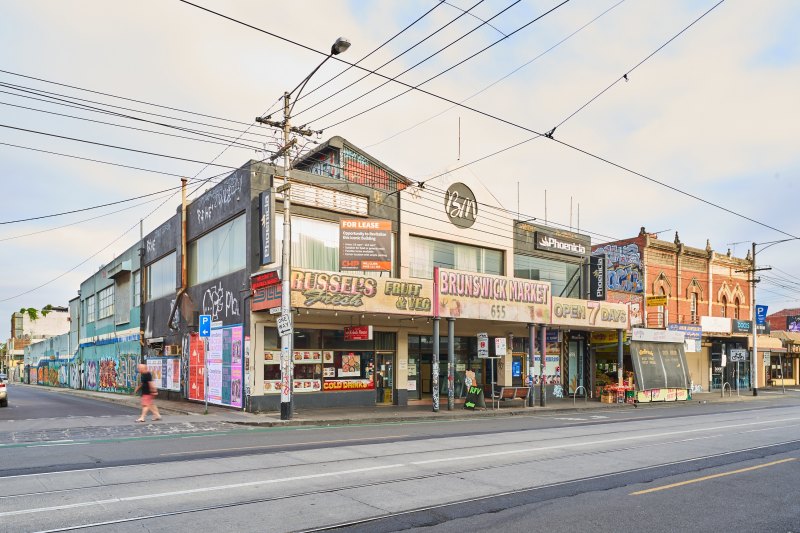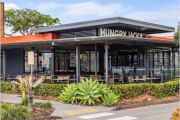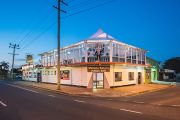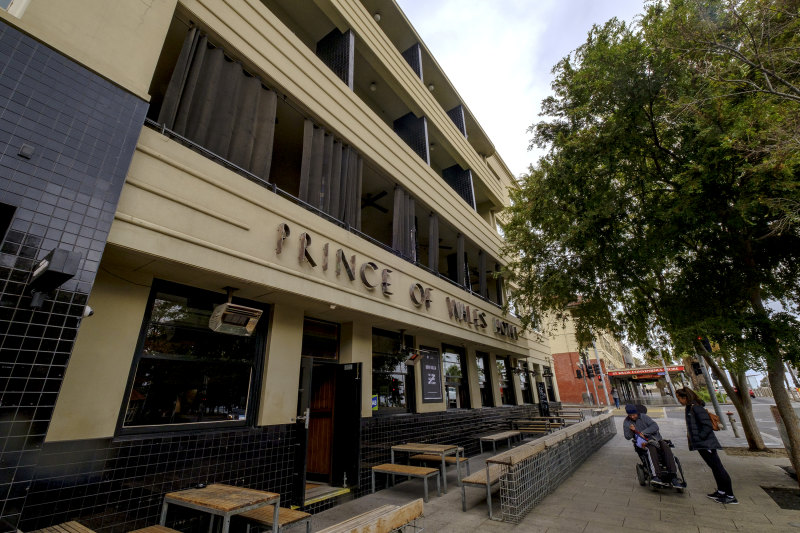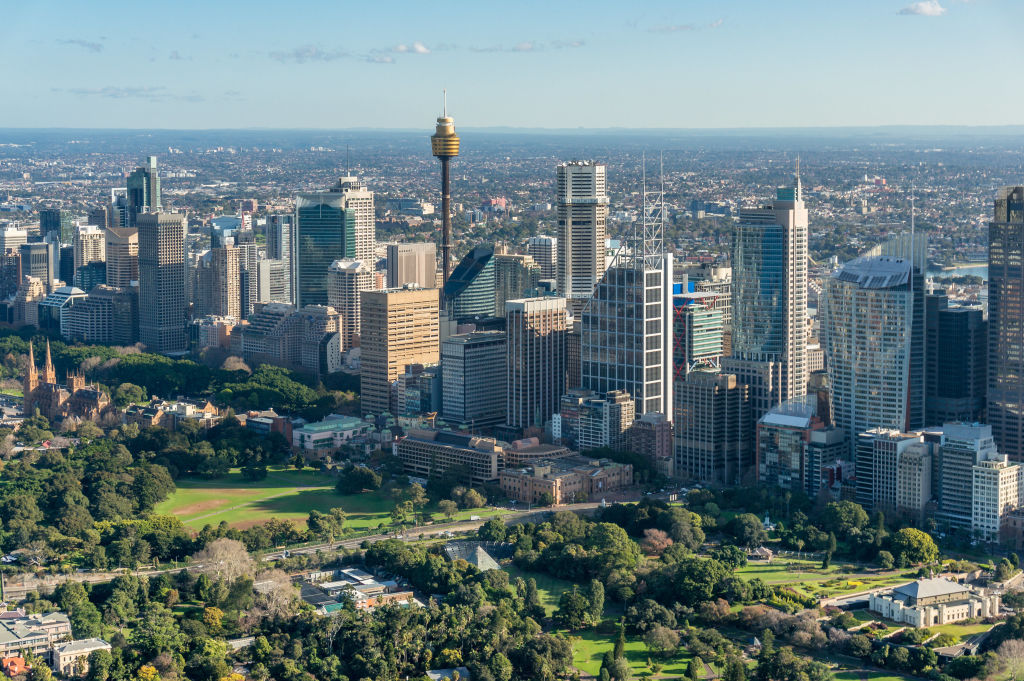
All commercial property sectors in Sydney feel the impact of coronavirus
As Australia’s biggest city, Sydney has been Australia’s ground zero of the COVID-19 pandemic.
What’s reassuring is that the state government’s plans to reignite the infrastructure boom are expected to play a key role in stimulating the post-pandemic economy.
Combined with Sydney’s strong fundamentals as Australia’s most significant commercial centre, the city is widely expected to bounce back from what has been described by Prime Minister Scott Morrison as a “once-in-a-100-year type event”.
But not all business and commercial property sectors have been impacted in the same way.
Hotels and tourism have been dealt the biggest blow, while the pandemic has also taken its toll on the retail industry. Offices and industrial properties are better protected but, overall, all sectors are feeling the impact.
In response to the national cabinet’s mandatory code of conduct for commercial leasing to soften the COVID-19 blow on commercial real estate, the NSW government introduced a $220 million commercial property land tax relief package. Landlords may access land tax concessions of up to 25 per cent if they pass the savings on to tenants by discounting rents.
More generally, the Reserve Bank of Australia also played a part in insulating the economy against the impacts of the health crisis.
The record low interest rate environment, which RBA governor Philip Lowe indicated would remain for “an extended period”, could be an opportunity for some property players with existing capital as the cost of debt falls.
While the overall commercial property market saw strong activity and demand in the beginning of 2020, that has changed due to the coronavirus crisis.
And yet a long-term undersupply in Sydney’s office market has driven down the vacancy rate, prompting a long rental growth streak. Together, these factors are tipped to help buffer NSW’s office sector against the pandemic’s economic shock.
Vacancy in the Sydney CBD moved up from 3.7 per cent to 3.9 per cent in the six months to January 2020, according to the Property Council of Australia. This was due to falling net absorption as major occupiers, particularly in the government sector, relocated to Parramatta while other tenants consolidated their use of space.
It is representative of a wider theme in Sydney CBD’s office market, where office space is being withdrawn en masse, either to be refurbished and added back to the market, redeveloped into another office project or converted for an entirely different use.
Yet with COVID-19 forcing many office dwellers to work from home, could this become a new accepted norm after the pandemic is contained? And what implications would this have on how we use the office?
Meanwhile, industrial property is widely expected to ride out any shocks caused by the coronavirus.
This is partly due to a short-term surge in demand for logistics and e-commerce, which is playing a significant role in transporting daily essentials for Australians as they practise social distancing.
Beyond this, NSW remains the most in-demand industrial property market in Australia, accounting for nearly 38 per cent of deals in 2019.
Yet the pool of assets for sale is contracting, as institutional investors buy up more industrial properties, particularly those in the logistics sector.
For hotels, the picture has not been as rosy. The international travel ban is not expected to be lifted in the foreseeable future, meaning it may take some time for business to return to normal.
Get a weekly roundup of the latest news from Commercial Real Estate, delivered straight to your inbox!

